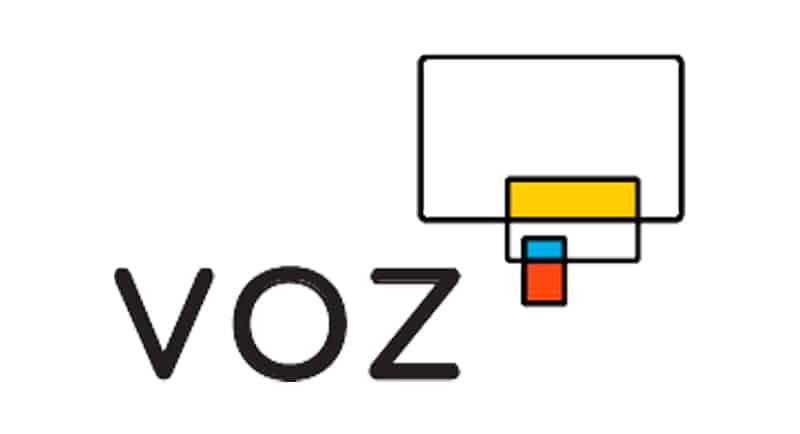Media agencies are “at least” 12 months from adopting VOZ Total TV audience reach metrics and will continue to trade and report TV ratings using total audience measurement (TAM).
Senior media agency executives told Mediaweek that agencies would not switch to VOZ as a trading currency until it achieves gold standard certification, with Q4 2024 cited by agencies as the earliest this could happen.
Last week, OzTAM launched the new measurement system for all public reporting of TV ratings. While the media and networks will now exclusively report using VOZ Total TV audience reach, media agencies will continue to trade and report in TAM while also using VOZ and other metrics.
“It’s business as usual,” said Lucy Formosa Morgan, managing director of Magna. “None of the third-party systems providers are gold standard certified yet. So, it’s not a trading currency and we’re still very much trading on TAM data. I would say for the next 12 months, it will still be business as usual, with the same methodology.”
The launch of VOZ streaming, which will use advanced measurement methodologies to assign a universal ID to every viewer behind a device, optimise frequency on BVOD, and measure deduplicated reach and frequency (R&F) with linear TV, will be the catalyst for adoption, according to Formosa Morgan.
“Once VOZ streaming comes into effect, and we’re actually looking at the data internally, then it will change or evolve. But certainly, for the short term, it’s business as usual,” said Formosa Morgan.
See also: New year, new ratings data from OzTAM: Big changes in TV audience measurement
OzTAM has yet to reveal a date for the launch of VOZ Streaming; until then, agencies will use both; however, Paige Wheaton, head of investment at Initiative, believes there will be confusion.
“Until VOZ streaming comes into effect, it won’t change the dialogue or the conversation; it will just change how people read about it, which means that we have to educate our clients on VOZ. There’s a great opportunity for people to confuse total reach with average audience reach, and they look very different.

Paige Wheaton, chief investment officer, Initiative
“It’s easy to see how a marketer could look at MAFS national reach of 2.5 million and think, “Oh my gosh, that’s massive; it used to be 1 million”. But we have to tell them, “No, it’s a different measurement and metric”. There’s an important job for us to educate clients and ensure they have access to the original reporting that we would typically provide to understand the difference because it can be confusing or misleading.”
“I think for as long as we have the ability to do so, we will be talking to both. One of the primary benefits of talking to reach is that it helps us understand the broader viewing and consumption habits of the audience at a very macro level. But what it doesn’t do is take into account the nuance that is important to agencies,” said Wheaton.
There’s also the relevance of national reach when many marketers and brands are unlikely to buy that way.
“If you’re a client looking at last night’s MAFS episode, for example,” said Formosa Morgan. “For it to be relevant to them, they would have had to have had a spot in every single one, in terms of metro, regional and BVOD, and chances are they haven’t.”
While the national reach data provides a new perspective on how Australians are watching a program, the need for caution has increased, according to Sue-Ellen Osborn, Sydney head of investment at Spark Foundry.
Osborn urged that while the “BIG reach numbers look really impressive in a headline [the data] need to be treated with caution, as they don’t reflect the actual reach an advertiser could achieve by buying a spot in that program.”
“The reach figure that is now the headline is a cumulative reach number, including people who have watched the program for as little as 15 seconds on BVOD or one minute on linear television. These numbers can’t be compared to audience figures reported in the media last year, as they were based on a different metric,” said Osborn.
Osborn believes this reach figure is likely to be the main point of confusion because it “tells everyone how popular the program is, but a TV ad placed in that program will not reach that many people.”
“When looking at the numbers being reported in the daily ratings, everyone needs to be aware that they do not link back to campaign performance, as that will continue to be measured on different metrics,” said Osborn.
Without the ability to compare like-for-like, media agencies maintain it will take quite some time to adopt the new system. One media buyer told Mediaweek, it would be “well into next year” before the industry navigates to VOZ.
Despite the delays, media agencies continue to support the shift to VOZ as a positive evolution for the industry, said Chris Androulidakis, the operations manager at PHD Australia.
“As a metric, it is a positive change that will enable cross-media reach comparisons, which is more relevant than audience numbers. Total National Reach will be used to report against, however figures won’t be comparable to what we are used to seeing and historic evaluations will be difficult. Available ratings reports will be very topline until the tools are fully operational with third-party suppliers.”
“The move to trading under a VOZ currency will be a complex and lengthy one as numerous stakeholders need to be engaged from clients through to auditors. It will also fundamentally change pricing structure and negotiations and will be a lengthy and complex process. As an agency, we have always looked at a number of data sources to validate all media channel decisions, audience segment or inventory that we look to buy against, so this isn’t changing that, and due diligence and testing will be rigorous throughout,” said Androulidakis.
See also: VOZ on track for 2024 launch, entering final adoption phase
